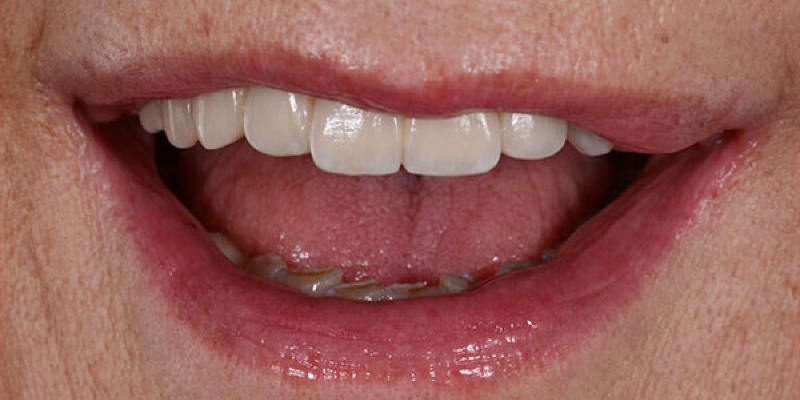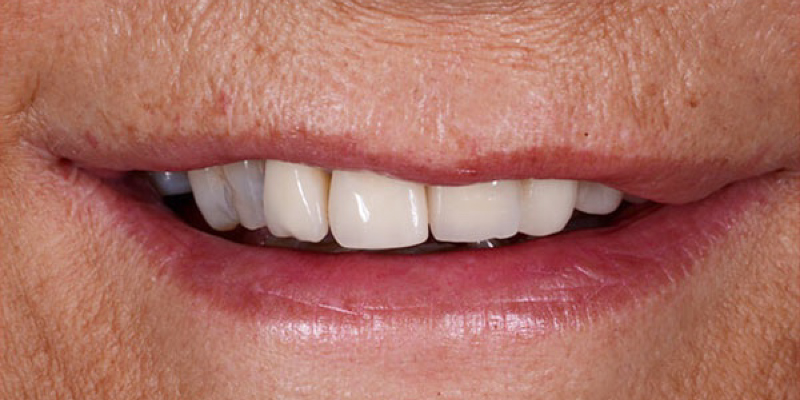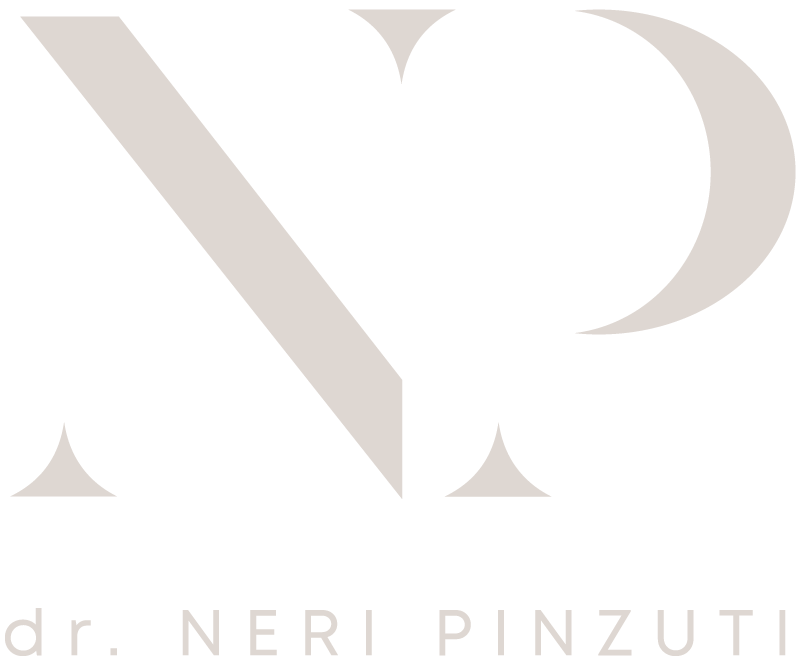Computer Guided Implantology
Computer-guided implantology has brought about a momentous breakthrough in the world of dentistry: by means of the most advanced surgical techniques, it offers patients treatment plans capable of transforming the teeth of a mobile denture, in a single session, into fixed teeth supported by implants, without risk and with the possibility of immediate use.
The aid of guides obtained with computerized stereolithography succeeds in making osseointegrated implantology a simple technique that can be applied in almost all clinical situations, even in the presence of severe jawbone atrophy where traditional implantology, i.e., performed freehand, would make these procedures very difficult or even impossible even for experienced hands.
In fact, it ensures greater predictability of treatments, with less invasiveness; bleeding is virtually absent as is postoperative discomfort.

DO YOU NEED MORE INFORMATION?
BOOK
A CONSULTATION
The treatment
Most of the work is performed outside the patient's mouth, in the patient's absence. The procedure is designed by computer using 3D software after a denta-scan (CT scan of the jaw bones) is performed, using a radiological template that will be transformed into a surgical template which will ensure precise and guided dental implant placement.
An important role is played by the dental technician, who, in close cooperation with the dentist, should work alongside the dentist and follow his or her instructions from the very first moment, designing the appropriate teeth for the specific case.
With the data collected from the CT examination, a virtual surgery in three dimensions is carried out on the computer, positioning the implants in the most appropriate way, taking into account all information including aesthetic information.
The virtual result and planning can be shown to the patient in advance through the computer.
The virtual implant placement will be recorded and transmitted in a file that, sent to the parent company, will enable the creation of a stereo lithographic guide that will be used in surgery to safely guide the surgeon's hand.
In the second session, guided surgery is performed, and the patient is discharged after a few hours with fixed prosthesis on already functioning implants. It will usually take about two months for the implants to fully osseointegrate.
After these months, the work is finalized during another 2 or 3 concluding appointments with follow-up sessions only, during which the function and aesthetics of the final prosthesis are optimized.
Laser teeth whitening is done in one session, and once finished, it is advisable to refrain from using coffee, tea, tobacco, particularly colored foods and drinks that could stain the enamel.
Is computer guided implantology suitable for everyone?
Computer-guided implantology is particularly suitable for patients normally considered to be at risk of failure.
This is a methodology that allows for very safe and sub-millimeter-accurate surgery, greatly shortening the treatment time and therefore suitable and advisable for everyone.


MY
RESULTS
perfect, but I do know that there is the
perfect smile for everyone.
